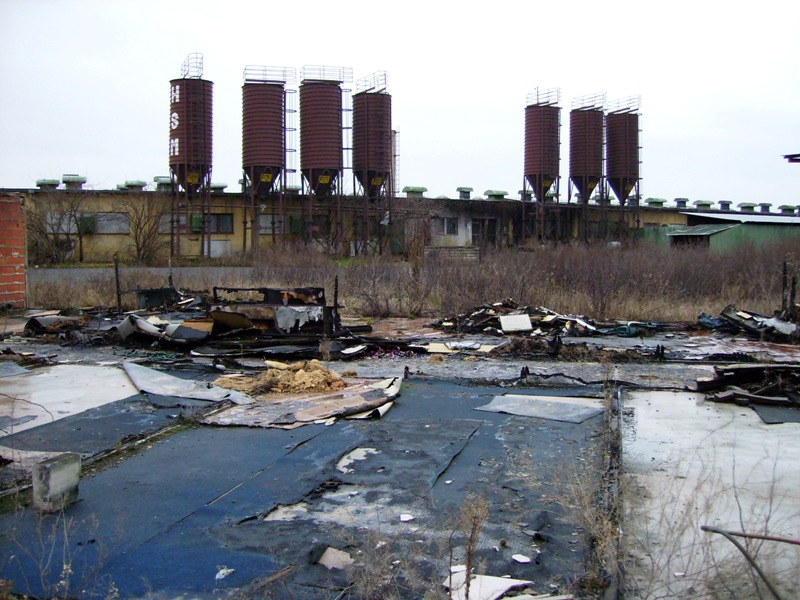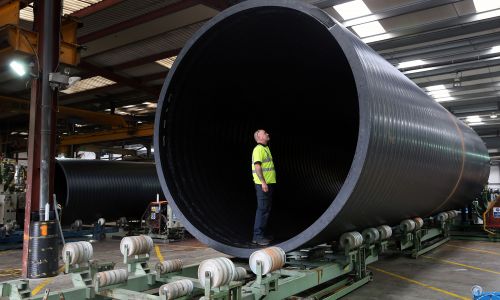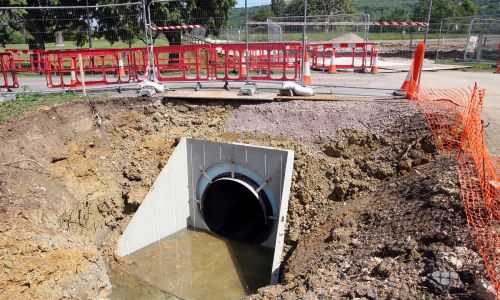14th February 2017
Britain's Housing Crisis - The Brownfield Solution?
This week the housing crisis is hitting the headlines yet again, with reports finding that the government is falling short on its promises to deliver enough affordable housing in England and Ministers now accepting that England needs 250,000 new homes every year.
For decades, housing has remained a key issue over which opposing parties continue to scrap it out, each trying to out-do the next. Of course they all promise the earth, offering to solve the UK’s housing shortage with assurances of ‘affordable housing’ and inflated numbers of how many houses they expect to build, but in reality how many of these much needed new homes will ever get off the ground?
This week the housing market was described as “broken” by the Government and while Labour’s shadow housing minister John Healey has described the current government’s proposals as “feeble beyond belief,” across the board, the one thing politicians seem to agree on is that radical change is the only way to mend it.
New housing is necessary because British society is evolving. People live longer, marry later, and divorce more often, hence the increasing demand. Government statistics from 2013 actually project that the number of new households will hit 221,000 per year by the year 2021. So where are these people going to live? And why on earth aren’t new homes being built at a rate that reflects the demand?
Despite recent glimmers of hope – the number of houses built in England in 2014 rose by 8% to 118,760 – these peaks in the number of homes being completed are vastly outweighed by a worryingly negative trend. Reports from 2016 showed the number of affordable houses built in England slumped to a 24 year low, with just 32,110 built in the year to March 2016, compared to 66,600 in the 12 months previous. The fact remains that we are still failing to build anywhere near enough houses.
The obvious effect of having a housing shortage is that many households will end up either living in homes that are sub-par, or without any home at all. It also causes house prices to skyrocket. It’s no coincidence that since 1988 – the last time 200,000 homes were built – the average house price has risen from £45,000 to £232,885. So, as you can see, it’s not just about having enough homes, but about having homes that really do live up to the promise of being affordable.
Supply and demand, the most basic of economic principles, states that a shortage of any consumer good will lead to higher prices. This is the situation the housing market is in now. Conversely, a surplus in consumer goods leads to a decrease in prices. This is a scenario that for a generation of young people, who stand little to no chance of ever getting on the housing ladder, would be no bad thing. However, the home owners among us may disagree.
Of course, there are numerous complex reasons why more new homes aren’t being built. One of the major ones being that hundreds of thousands of new homes will obviously cost billions of pounds to build. However, another issue that desperately needs addressing is that finding land on which to build these new homes is becoming increasingly problematic. Green belt sites are fraught with planning problems, but what about our brownfield sites?
There’s an urgent need for the government to implement measures that allow the housing industry to aggressively exploit brownfield land. For the uninitiated, brownfield land is reclaimable land that is left unoccupied following industrial use, such as a disused factory. So while developers may prefer to build new communities on desirable green belt land, the government restrictions imposed upon new builds on these sites makes attaining planning permission difficult and expensive. Brownfield land may require work to reclaim, but it’s cheaper, planning permission is easier to obtain, and it’s typically closer to urban areas where demand for housing is higher. What’s more, making the best possible use of our brownfield land and keeping strong safeguards in place that protects our valued countryside is clearly the ideal we should all be aiming for.
It’s clear that the potential of brownfield sites is not lost on the government; it’s an option that’s talked about frequently and, in fact, one of the Conservative Party’s main housing pledges in their manifesto was ‘the creation of a £1 billion brownfield regeneration fund to unlock sites for 400,000 homes.’
But while the government evidently recognise the potential of brownfield land, the numbers they’re talking about just aren’t big enough. We need to be building 250,000 new homes on brownfield sites every year, and none of their plans appear to be ambitious enough, let alone actually deliverable.
The industry is determined to meet the challenges laid down by government and help deliver more homes more quickly. The Home Builders Federation are seeking to work with the government on the detail of the measures announced today to ensure they will lead to many more new homes being built in the coming years.
Also, plans to speed up the planning process, bring forward more developable land and make Local Authorities abide by their responsibilities are key. If we are to build more homes, we need more land coming through the system more quickly. Measures that will allow SME builders to build more homes will increase the capacity of the industry and result in increases in overall supply.



